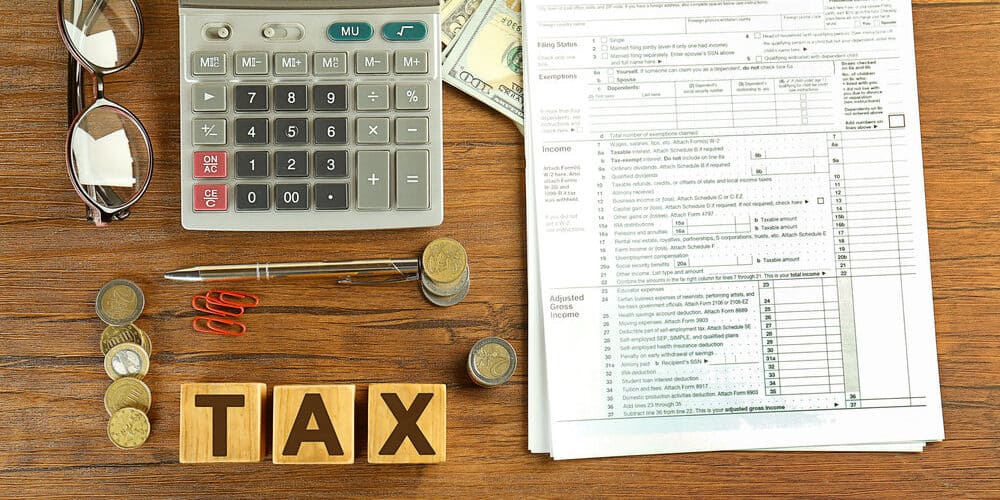
BY
|
Major Superannuation Tax Changes: What Australians Need to Know
Treasurer Jim Chalmers has announced a set of revised superannuation tax changes that introduce two new tax thresholds—$3 million and $10 million —both indexed to inflation, and remove taxes on unrealised capital gains.
Announced on October 13, 2025, the Australian government has significantly revised its controversial superannuation tax policy after two years of criticism from industry experts, former treasurers, and business leaders.
These super tax changes represent a major retreat from the original proposal, addressing concerns about bracket creep, unrealised gains taxation, and fairness for low-income earners.
How the New Super Tax Rates Work
Under the revised superannuation framework, Australians will face a two-tier concessional tax system based on their total superannuation balance.
For superannuation balances between $3 million and $10 million, the tax rate on earnings will increase from the current 15% to 30%. For balances exceeding $10 million, the concessional tax rate will rise to 40%.
The government estimates that approximately 90,000 accounts will be affected by the $3 million threshold, representing less than 0.5% of all superannuation accounts. Meanwhile, around 8,000 accounts holding more than $10 million will face the higher 40% tax rate.
Indexation Addresses Bracket Creep Concerns
Both the $3 million and $10 million thresholds will be indexed to the Consumer Price Index, addressing one of the biggest criticisms of the original proposal. This indexation ensures that the higher tax rates won’t capture more Australians over time due to inflation-driven bracket creep. Without indexation, the effective threshold would have dropped to approximately $2 million in today’s dollars by 2040.
What Changed from the Original Proposal?
Here’s what’s been amended from the original proposal for super tax.
No More Tax on Unrealised Capital Gains
The removal of tax on unrealised capital gains represents a major concession from the government. This adjustment addresses concerns from businesses and economists who argued that taxing paper gains before assets were sold created unfair liquidity pressures.
Delayed Implementation Timeline
The implementation date has been pushed back by one year to July 1, 2026, allowing additional time for consultation and legislative preparation. This delay provides affected Australians and superannuation fund managers more time to adjust their strategies and understand the implications.
Low-Income Earners Receive Superannuation Boost
Alongside changes affecting high-balance accounts, the government announced significant improvements for low-income workers. The Low Income Superannuation Tax Offset (LISTO) will increase from $500 to $810, with the eligibility threshold rising from $37,000 to $45,000 annual income.
This enhancement will benefit approximately 1.3 million Australians, with 60% being women. The expansion means 3.1 million Australians will now be eligible for LISTO, potentially adding up to $15,000 extra in retirement savings for some individuals.
What This Means for Australian Taxpayers
High Net Worth Individuals
Australians with superannuation balances exceeding $3 million should review their retirement strategies and consider how the new tax rates will impact their long-term financial planning.
Those approaching these thresholds may want to explore alternative investment structures or contribution strategies with their financial advisers.
Low to Middle Income Earners
For the vast majority of Australians, these changes either won’t affect them or will provide tangible benefits through the enhanced LISTO. Workers earning between $28,000 and $45,000 will see improved superannuation contributions starting from July 2027, helping close the retirement savings gap.
Revenue Impact for Government
The revised proposal will raise less revenue than originally planned. In the 2028-29 financial year, the new proposal is expected to raise $2 billion, compared to $2.3 billion under the previous plan, with the difference widening over time due to indexation.
How to Prepare for the Roll Out in 2026
Australians with substantial superannuation balances should begin planning now for the July 2026 implementation.
This includes reviewing current superannuation structures, understanding how earnings will be calculated under the new system, and consulting with qualified financial advisers about potential strategies.
Frequently Asked Questions
When do the new superannuation tax changes take effect?
The new superannuation tax changes will take effect on July 1, 2026, with the Low Income Superannuation Tax Offset changes beginning in July 2027.
How many Australians will be affected by the higher tax rates?
Approximately 90,000 Australians will be affected by the $3 million threshold, and around 8,000 will face the $10 million threshold, representing less than 0.5% of all superannuation accounts.
Will the $3 million and $10 million thresholds increase over time?
Yes, both thresholds will be indexed to inflation, preventing bracket creep from capturing more Australians over time.
What is the Low Income Superannuation Tax Offset increase?
The LISTO will increase from $500 to $810, with eligibility expanding from $37,000 to $45,000 annual income, benefiting approximately 1.3 million Australians starting July 2027.
Are unrealised capital gains still taxed under the new proposal?
No, the government removed taxation on unrealised capital gains in response to criticism, addressing a major concern from the original proposal.
Key Takeaways
- Treasurer Jim Chalmers’ revised superannuation tax changes introduce a fairer, more sustainable framework that addresses both equity concerns for high-balance accounts and supports low-income earners.
- The new two-level system for amounts of $3 million and $10 million, along with adjustments for inflation and the elimination of taxes on capital gains, is a big compromise.
- With implementation beginning in July 2026, affected Australians should start planning now to optimise their retirement strategies under the new system.
Contact Box Advisory Services today to speak with our experienced team to get your superannuation tax needs in order.



